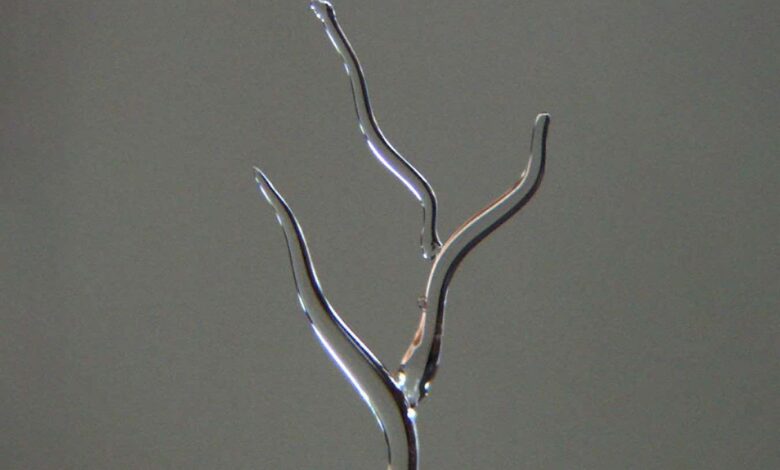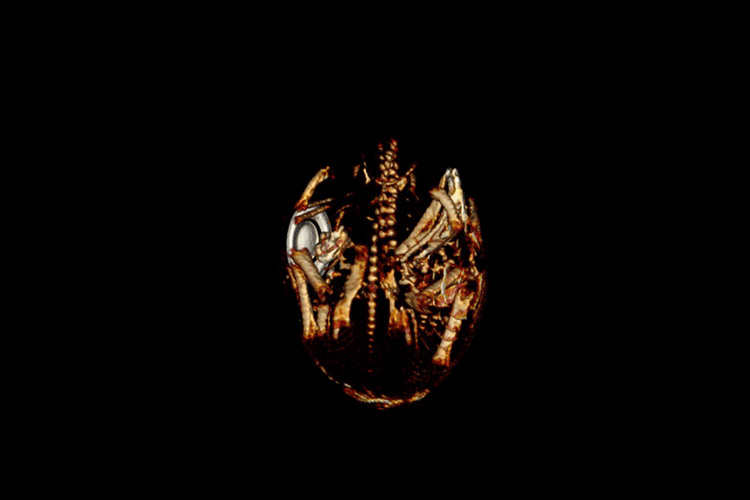
[ad_1]

A 3D-printed ice template of blood vessels
Philip LeDuc et al./Carnegie Mellon University
Complex artificial organs could be created by 3D printing a mould of veins, arteries and capillaries in ice, casting that in organic material and then allowing the ice to melt away, resulting in a delicate, hollow network. This leaves a space for the intricate artificial blood vessels that are required to develop lab-grown internal organs.
Researchers have been working on artificial organs for decades to help meet the high global demand for transplants of the likes of hearts, kidneys and livers. But creating the blood vessel networks needed to keep them alive is still a challenge.
Existing techniques can grow artificial skin or ears, but any flesh or organ material dies off if more than 200 micrometres from a blood vessel, says Philip LeDuc at Carnegie Mellon University in Pennsylvania.
“It’s like twice the width of a hair; after you get past that, if there’s no access to nutrients, the cells start to die,” he says. Internal organs therefore require new processes if they are to become cheap and fast to manufacture.
LeDuc and his colleagues had experimented with printing blood vessels with wax that can be melted, but this requires reasonably high temperatures and can leave residue. “All of a sudden, one day, my student goes ‘why don’t we just use water – the most biologically compatible material in the world?’,” says LeDuc. “And I’m like ‘oh, yeah’. It still makes me laugh. It’s just so straightforward.”
They developed a technique that uses 3D printers to create a mould of the interior of an organ’s blood vessels in ice. In tests, these were then embedded in a gelatine material that hardens when exposed to ultraviolet light, before the ice melted away.
The team used a platform cooled to -35°C and a printer nozzle that dispensed hundreds of drops of water a second, allowing structures as small as 50 micrometres across to be printed.
LeDuc says the process is conceptually simple but needs to be tuned perfectly – dispense drops too fast and they don’t freeze quickly enough and fail to create the desired shape, but print them too slowly and they just form lumps.
The system is also affected by weather and humidity, so the researchers are investigating using artificial intelligence to keep the printer tuned to varying conditions.
They also used a version of water in which all the hydrogen is replaced by deuterium, a stable isotope of the element. This so-called heavy water has a higher freezing point and helps to create a smooth structure by avoiding unwanted crystallisation. Tests have shown it will be safe when creating artificial organs as deuterium isn’t radioactive, unlike some isotopes, says LeDuc.
Topics:
Source link




